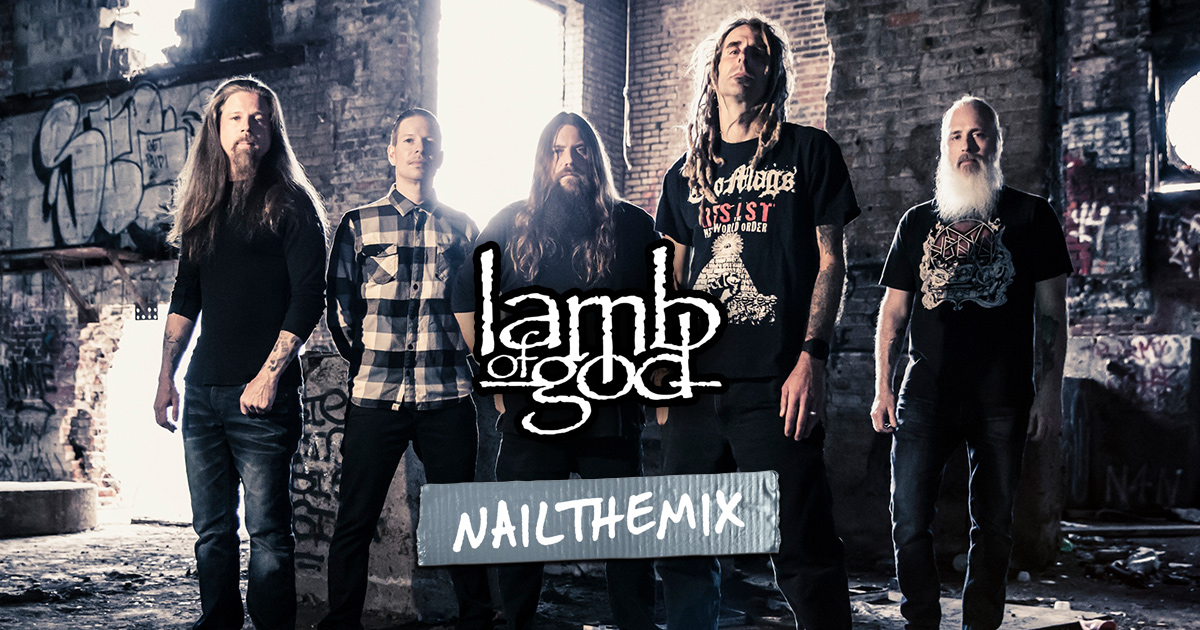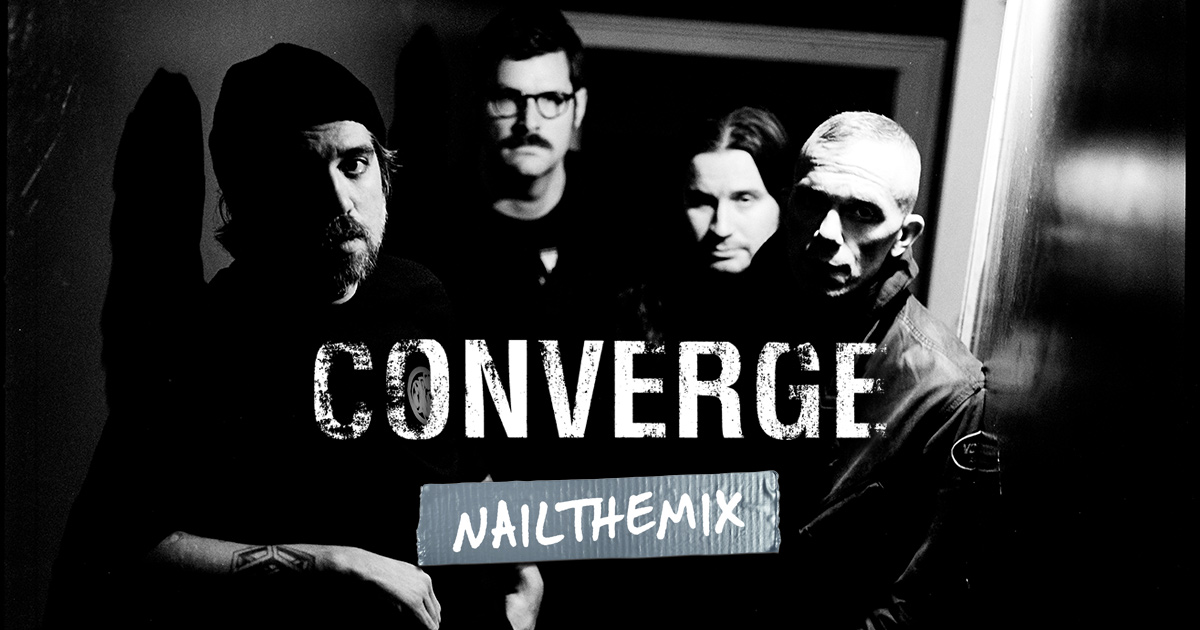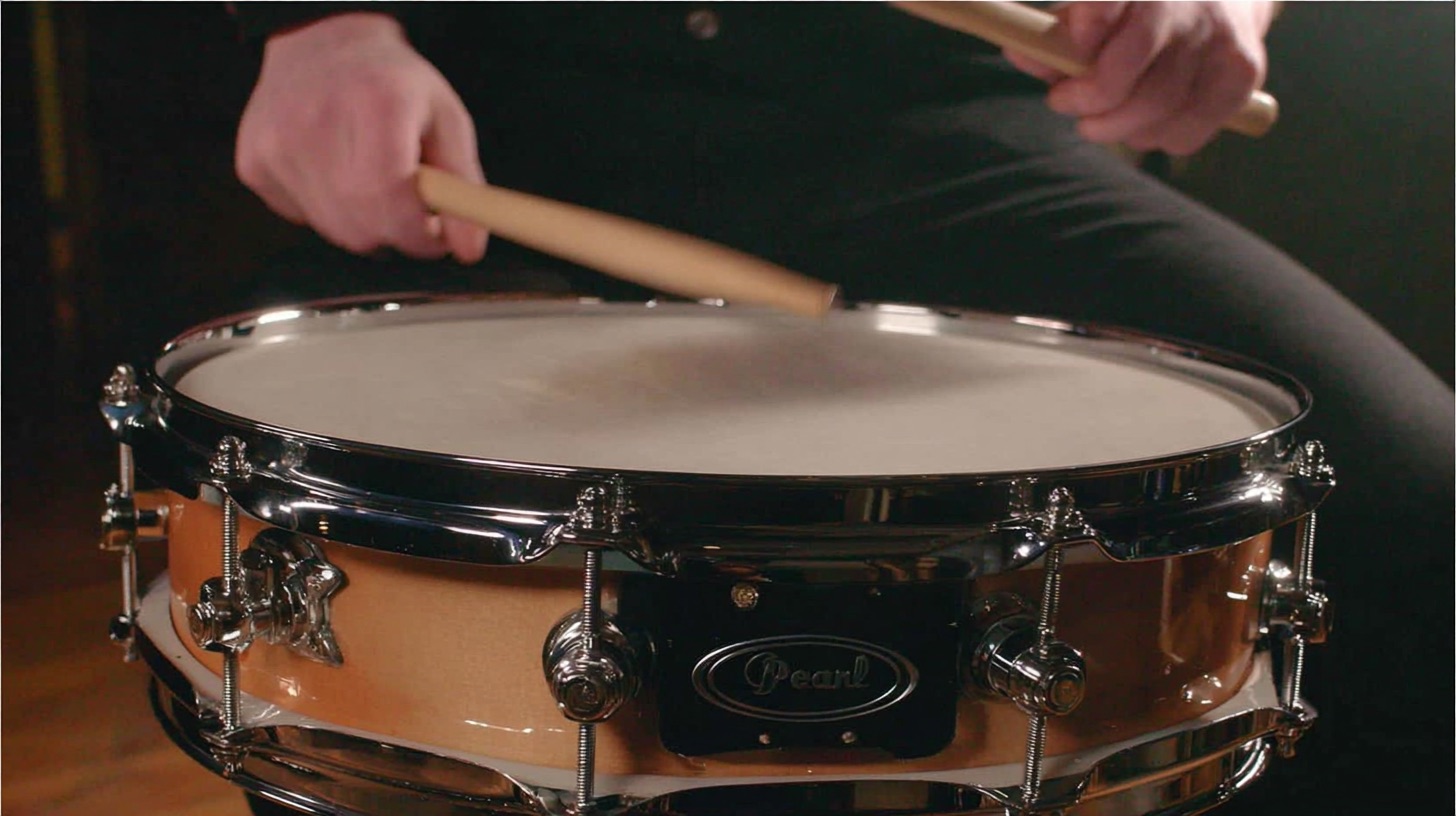
Cakewalk DAW: Can It Handle Your Heaviest Metal Mixes?
Nail The Mix Staff
Alright, let's talk Digital Audio Workstations. The eternal debate: which DAW reigns supreme for metal? Does it even matter? On one hand, you can technically make a killer metal track in pretty much any DAW these days. They’re all powerful. But let's be real, they all have their quirks, their strengths, and their face-palm moments, especially when you're trying to wrangle 60+ tracks of downtuned guitars, blast beats, and guttural vocals.
You can always jump ship, but once you’re deep into a DAW’s workflow, with all your templates and key commands burned into your muscle memory, switching feels like learning to walk again. So, if you're starting out, kick the tires on a few. Don't just grab what your buddy uses. See what clicks, what feels intuitive for your brain, and then commit. You’ll thank yourself later.
So, where does Cakewalk by BandLab fit into this chaotic landscape, especially for us metalheads? Let's break it down and see how it stacks up against the usual suspects.
The DAW Arena: Titans, Contenders, and Cakewalk's Place
When it comes to metal, a few names always pop up. They’ve earned their stripes, but that doesn't mean they're the only game in town. The debate over the best DAW for metal often comes down to workflow and specific features.
Pro Tools: The Old Guard
No denying it, Pro Tools is the closest thing to an "industry standard," especially in big US studios. If you're planning to send your sessions out for mixing or work in those environments, knowing Pro Tools is a plus. Its audio editing, especially with tools like Beat Detective for tightening up multi-tracked drums (think meticulously aligning those kick and snare hits from a 12-mic drum setup), is legendary. It’s built like a tank for recording and editing audio.
However, if your metal involves complex MIDI programming for synths, orchestras, or intricate drum parts using something like GetGood Drums, Pro Tools can feel clunky. It was born from the analog console world, and that DNA still shows. Looping and sequencing aren't its strong suits compared to others.
Cubase: The European Powerhouse
Steinberg's Cubase has been around forever (Atari ST, anyone?) and is a beast for both audio and MIDI. It’s super popular in Europe and gaining serious traction Stateside. For metal, it’s a solid all-rounder. Great audio engine, powerful MIDI tools (VariAudio for pitch correction is slick), and a robust feature set. Plus, Steinberg invented the VST plugin format, so you know plugin support is top-notch. You really can’t go wrong here.
Logic Pro: The Mac Favorite
If you’re on a Mac, Logic Pro is a tempting offer. It’s packed with features, great virtual instruments, and is generally very capable for both audio and MIDI. The price is also attractive for what you get. The big catch? Mac only. That can be a dealbreaker for collaboration or if you're a Windows diehard. For metal, while you can do everything, its audio editing, particularly for complex, multi-mic drum edits, isn't always hailed as the most fluid. Some producers might even track and mix in Logic but bounce drums to Pro Tools just for editing – not exactly a streamlined workflow.
Ableton Live: The Creative Spark
Ableton Live is king in electronic music and for anyone doing loop-based composition or live performance. Its Session View is revolutionary for sketching ideas, and its audio warping and manipulation (like stretching a sampled blast beat to fit a new tempo) are incredible. Can you record a metal band in it? Sure. But its workflow isn't really optimized for tracking a full drum kit, quad-tracked guitars, and layers of vocals. It’s more suited for producers who might occasionally record a vocal snippet over a primarily electronic track. We’ve only seen one NTM producer (Real Friends session) rock Ableton for a full mix.
FL Studio: The Beat-Making Behemoth
Originally FruityLoops, FL Studio is insanely popular, partly because it's so easy to jump in and start making beats. Soulja Boy made "Crank That" on a cracked copy – 'nuff said. Like Ableton, it's a MIDI and loop wizard. You could technically produce a metal song in FL Studio, but it's like using a screwdriver to hammer a nail. It's not built for the heavy audio lifting that metal demands.
Reaper: The Customizable Underdog
Reaper has carved out a serious niche in the rock and metal world. Why? It's got incredibly robust audio functionality that rivals Pro Tools and Cubase. Its free trial is super generous, getting a lot of new producers hooked. And if you're a tinkerer, its customization and scripting capabilities are insane, making Reaper a true powerhouse for metal. The community is highly active and supportive. The downside? It's not as prevalent in major studios, so if you're collaborating with folks outside the Reaper bubble, you might be bouncing stems a lot.
The New Kids (Bitwig Studio, Studio One)
DAWs like Bitwig Studio and PreSonus Studio One are modern, well-designed, and learn from the legacy DAWs. They don't carry the "technical debt" of older codebases. You can absolutely make killer metal in them. The main consideration is their smaller user base. Finding collaborators or troubleshooting niche issues might be a bit tougher than with the more established DAWs.
So, What About Cakewalk by BandLab for Metal?
Now, let's talk Cakewalk. Formerly SONAR, this DAW has a long, rich history. When BandLab acquired it and made it free, a lot of heads turned. But is "free" synonymous with "good enough for brutal, complex metal mixes"?
The short answer: Hell yeah, it can be. Cakewalk packs a surprising punch, especially for metalheads.
The ProChannel: Your Built-In Analog Channel Strip
This is arguably Cakewalk's secret weapon for mixing. Every audio and instrument track gets a ProChannel strip, which is like having a customizable SSL or Neve console channel. You can load it up with:
- PC76 U-Type Compressor: An 1176-style FET compressor. Perfect for smashing drum room mics, adding aggression to vocals (think parallel compression on screams), or controlling dynamic bass performances with a solid audio compressor strategy. Try the "All Buttons In" trick on a snare for that explosive crack.
- PC4K S-Type Bus Compressor: SSL G-Bus style compression. Amazing for gluing your drum bus together or adding that final cohesive punch to your mix bus.
- QuadCurve EQ: A versatile EQ with different curve types and a built-in spectrum analyzer. Great for surgical cuts to remove cymbal harshness or guitar fizz (those nasty high frequencies around 5-10kHz that Fredrik Nordström talked about taming on Bring Me The Horizon guitars). For more on shaping your metal tones with EQ, check out these EQ strategies for mixing modern metal.
- Console Emulators: Add subtle (or not-so-subtle) analog character with S-Type, N-Type, and A-Type console emulations. Great for warming up sterile DI guitars or adding harmonic richness to your overall mix.
- Tube Saturation: Perfect for adding grit to bass, thickening up vocals, or even adding some hair to a snare.
Having these tools built-in means less reliance on third-party plugins and a more cohesive mixing environment.
Audio Editing: Slicing and Dicing
Cakewalk's AudioSnap feature is its answer to Beat Detective or Elastic Audio. It allows for transient detection, audio quantization, and groove extraction. For metal drums, this means you can tighten up drummer inconsistencies, align multiple mic signals, and really lock in the groove. While some argue it's not quite as refined as Pro Tools' Beat Detective for super complex edits, it's definitely capable of getting pro results with a bit of learning. Slip editing, comping vocal takes, and crossfading are all robust.
MIDI Mayhem
If your metal incorporates programmed drums (using plugins like Toontrack Superior Drummer 3 or GetGood Drums), orchestral layers, or synth textures, Cakewalk's MIDI capabilities are top-notch. It’s always been one of its strengths from the SONAR days. The Matrix View offers a non-linear, cell-based approach for experimentation, which can be cool for intros or electronic elements.
Workflow & FX
Cakewalk's "Skylight" interface is highly customizable. You can tailor it to your workflow, which is a big plus. It also supports ARA 2 for seamless integration with plugins like Melodyne (for those pitchy vocals) or VocAlign (for super tight vocal doubles).
While the stock FX library might not be as expansive as Logic's, it includes solid reverbs, delays, modulation effects, and even some basic amp sims to get you started.
Key Things to Chew On When Picking Your Metal DAW
Beyond the specific features of Cakewalk or any other DAW, consider these factors:
Pricing & Tiers (Or Lack Thereof!)
Pro Tools and Cubase have various tiered versions, which can get confusing. You gotta make sure the tier you pick has enough audio tracks, VIs, and features for your needs.
And then there's Cakewalk by BandLab: it's 100% FREE. No track limits, ProChannel included, full VST support. This is a massive deal, especially if you're starting out or on a tight budget. It lets you invest your cash into other crucial gear like good monitors or mics, and you can still expand your toolkit with some of the best free VSTs available.
Plugin Support: VST, AU, AAX
Most big plugin companies (Waves, FabFilter, Slate Digital) make their stuff in all major formats (VST, AU for Mac, AAX for Pro Tools). But the world of freeware and boutique plugins is often VST-dominant, and knowing which VST plugin is essential versus just hype is a critical skill. Cakewalk has excellent VST support, being a Windows-native application historically. If you want access to the widest array of plugins, especially free ones, a Windows DAW supporting VSTs (like Cakewalk or Cubase) is a strong contender.
And speaking of plugins, knowing how to wield your EQs and compressors is critical. For a deep dive into taming dynamics in metal, explore these metal compression secrets.

100+ Insanely Detailed Mixing Tutorials
We leave absolutely nothing out, showing you every single step
Learning Curve & Community
Every DAW has a learning curve. How intuitive does it feel to you? Community support is also huge. Reaper has a fanatic user base. Pro Tools and Cubase have vast numbers of tutorials online. Cakewalk's community is active, and with it being free, more and more people are jumping in.
Stop Arguing, Start CRUSHING Mixes
Look, at the end of the day, Pro Tools, Cubase, Logic, Reaper, and yes, Cakewalk by BandLab, are all perfectly capable of producing face-melting metal. Each has its vibe, its workflow advantages, and its quirks. Don't get bogged down in endless forum wars about which one is "best."
The real secret isn't the DAW; it's the engineer behind it. It's knowing how to dial in a killer guitar tone with a couple of SM57s, how to make drums punch through a wall of guitars, and how to get vocals to sit perfectly on top. It’s about understanding gain staging, EQ, compression, and automation, regardless of what software you're clicking in.
Want to see how world-class producers make any DAW bend to their will to create those massive, polished metal anthems you hear on records by bands like Gojira, Periphery, Meshuggah, and Architects? That's exactly what we do at Nail The Mix. Every month, you get the actual multi-tracks from a real major label release and watch the original producer mix it from scratch, explaining every plugin choice (from stock to boutique), every fader move, and every creative decision. Plus, you get access to a massive vault of tutorials and exclusive plugins.
Stop wondering if your DAW is holding you back and start learning the techniques that translate across any platform. Ready to take your metal mixes from demo-quality to release-ready?
Unlock Your Sound: Mixing Modern Metal Beyond Presets with Nail The Mix.
Now, go fire up Cakewalk (or whatever your weapon of choice is) and make some noise!
Get a new set of multi-tracks every month from a world-class artist, a livestream with the producer who mixed it, 100+ tutorials, our exclusive plugins and more
Get Started for $1





